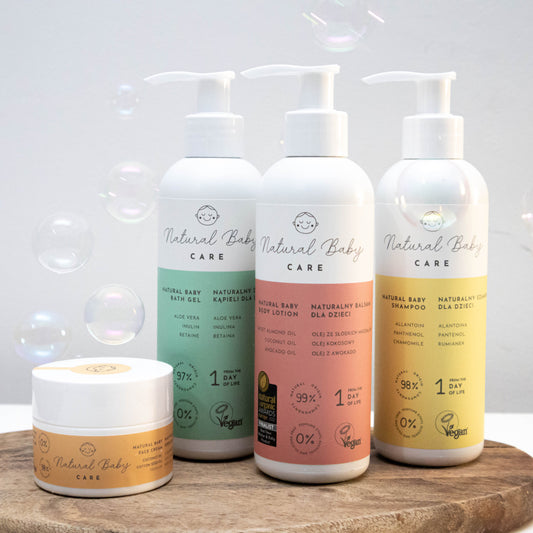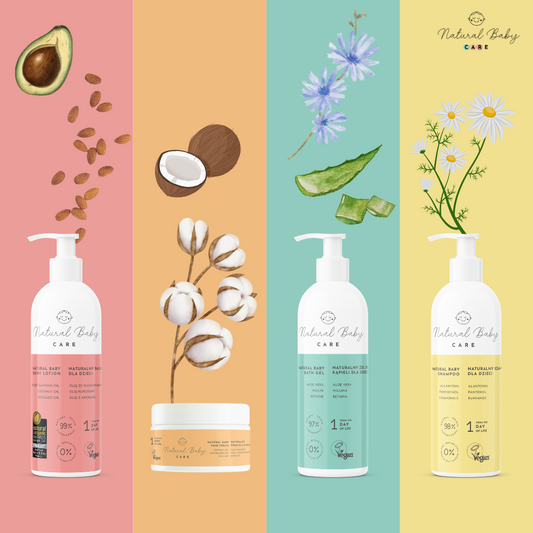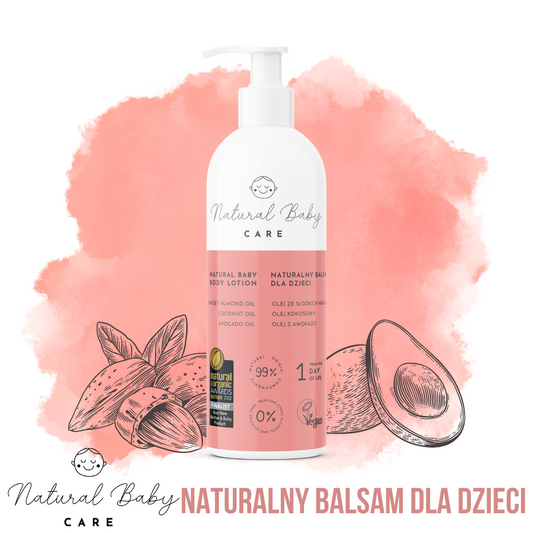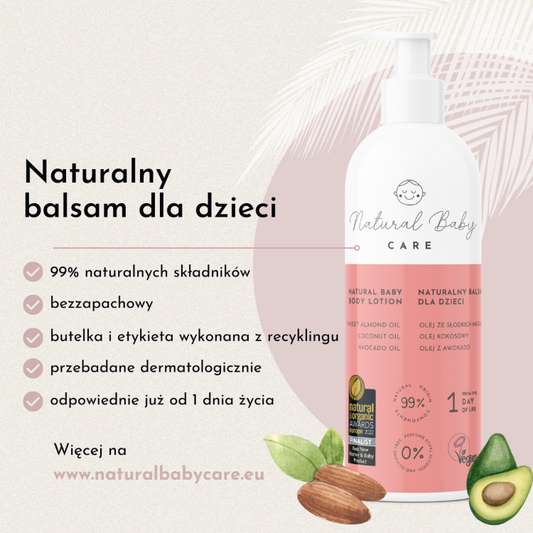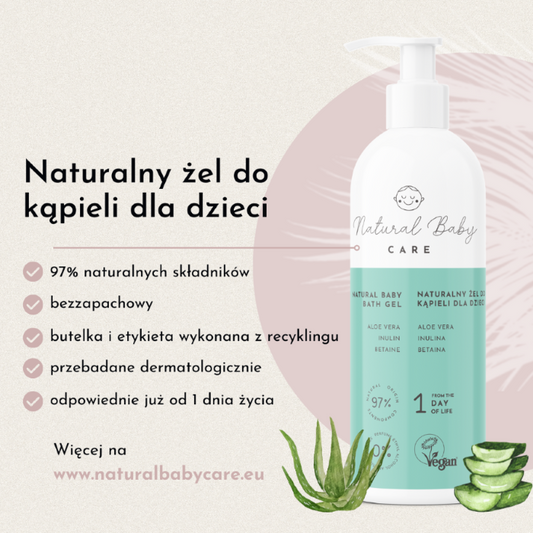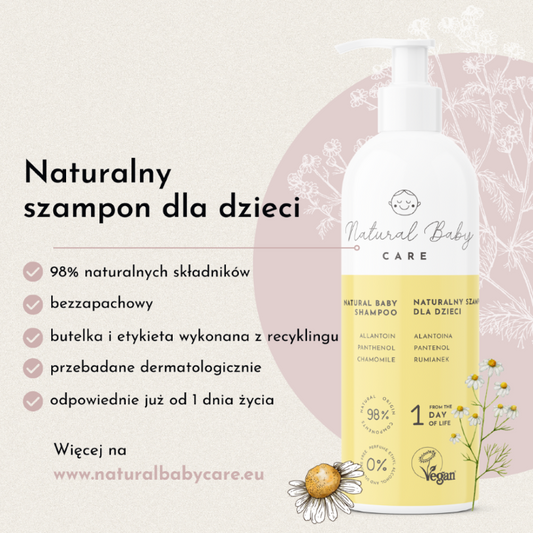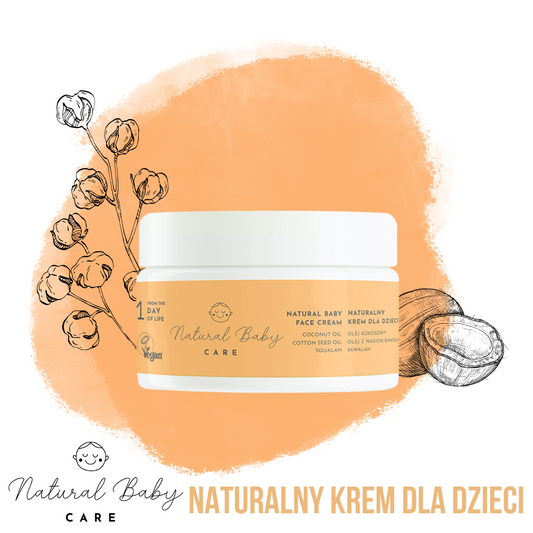Home > Knowledge Zone > Blog > Cosmetics for children with atopic dermatitis

Cosmetics for children with atopic dermatitis
Author : Natural Baby Care Team
Publication date: April 21, 2024
Reading time: 5 minutes
Atopic dermatitis (AD) is one of the most common skin conditions in children, characterized by dry, itchy, and inflamed skin. Although the condition is not contagious, it can significantly impact the quality of life of the child and their family. For children with AD, proper skin care and the use of appropriate cosmetics are crucial to alleviating symptoms and improving the child's quality of life.
Check out cosmetics for your baby's delicate skin
Although itching is one of the main symptoms of atopic dermatitis, there are cases where the disease progresses without a significant itching sensation. In such cases, symptoms may primarily include redness, peeling of the skin, and the appearance of blisters.
Did you know that...?
Collapsible content
Jak wygląda atopowe zapalenie skóry?
Gdzie występuje atopowe zapalenie skóry?
Atopowe zapalenie skóry jaki krem dla dziecka?
Jakie kosmetyki na AZS u dzieci?
Jakie kosmetyki na AZS u dorosłych?
Czy atopowe zapalenie skóry jest zaraźliwe?
Z czego powstaje atopowe zapalenie skóry?
Czy da się wyleczyć AZS u dzieci?
Co na AZS u dzieci?
Jak leczyć AZS u dzieci?
Jak wygląda AZS u dzieci?
Co na atopowe zapalenie skóry u dzieci?
Jaki balsam dla dziecka z AZS?
Jaki płyn do mycia dziecka z AZS?
Jaki krem dla dziecka z AZS?
Jaki szampon dla dzieci z AZS?

